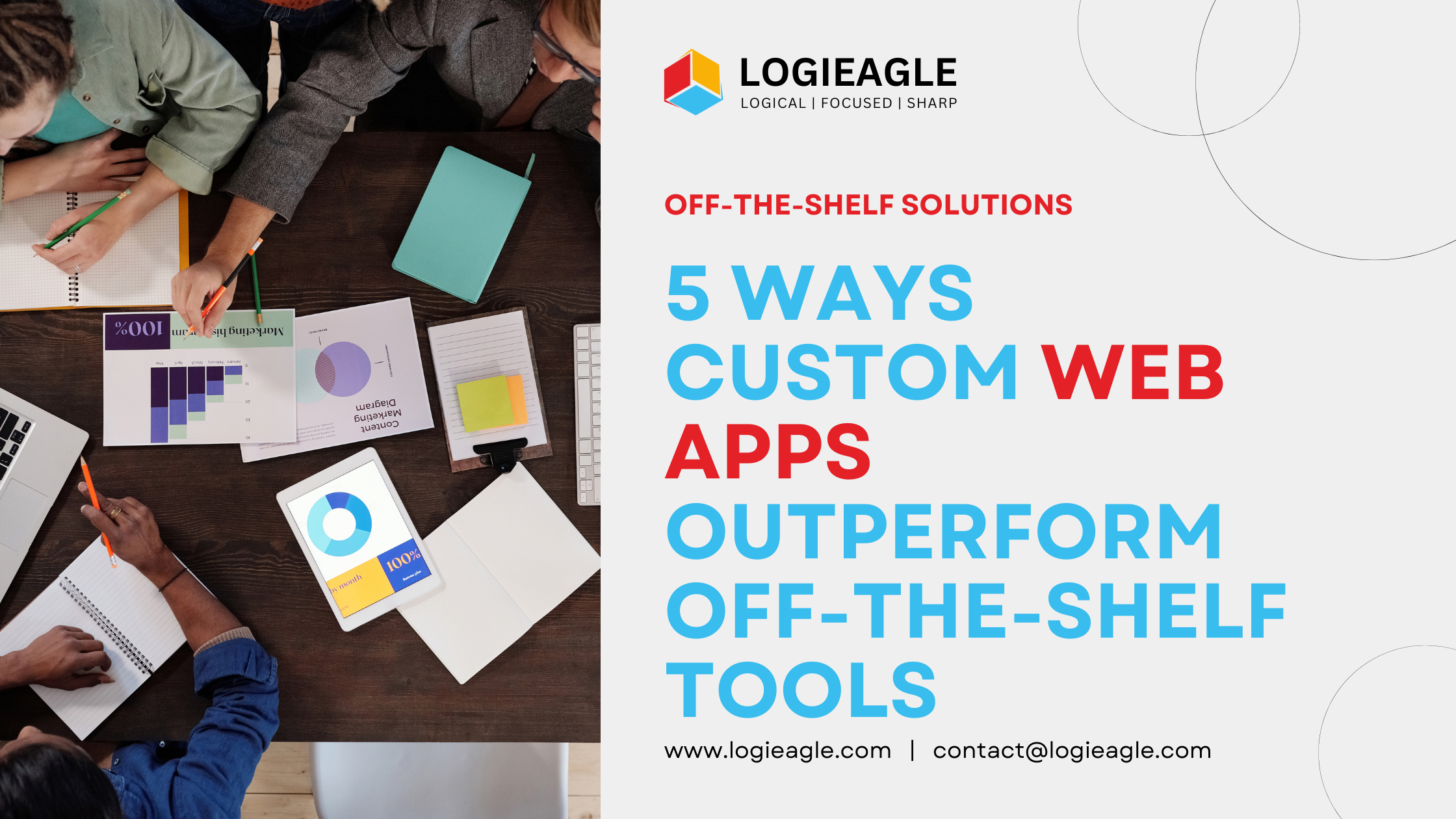
Essential Considerations for Building an OTA Platform in 2025
The Online Travel Agency (OTA) industry continues to grow rapidly, with more travelers turning to digital
platforms for booking flights, hotels, and other travel services. If you’re considering building your own OTA
platform in 2025, there are several key points to keep in mind to ensure its success. This guide will highlight
essential factors to consider when developing a cutting-edge OTA platform that meets modern expectations and
stands out in a competitive market.
1. Understanding Market Trends and Consumer Behavior
One of the first steps in building a successful OTA platform is understanding current market trends. By 2025,
the travel industry is expected to see further shifts toward digitalization and personalization. Travelers want
seamless, user-friendly experiences, and they increasingly expect platforms to offer tailored recommendations
based on their preferences and past behaviors. Additionally, mobile-first designs and voice search capabilities
will be crucial in serving the on-the-go traveler.
2. Offering Seamless Booking and Payment Systems
The success of your OTA platform depends on how easily users can book and pay for services. A seamless booking
experience is a top priority. Ensure that your platform integrates with global distribution systems (GDS),
offering real-time pricing and availability for flights, hotels, and tours. Payment processing should support
multiple payment gateways, including credit cards, e-wallets, and even cryptocurrency options, ensuring
flexibility for users worldwide.
3. Implementing Artificial Intelligence for Personalization
Personalization is no longer just a luxury for OTA platforms; it is an expectation. By 2025, AI-powered
recommendation engines will be essential for offering customized travel packages and deals. These AI systems can
analyze user behavior, past trips, preferences, and even real-time data to provide personalized suggestions,
ensuring users get the best travel options suited to their individual needs. Consider integrating AI chatbots
for 24/7 customer support to enhance user experience.
4. Mobile-Optimized Design
In 2025, mobile optimization will be critical for OTA platforms. With the increasing number of mobile users,
having a mobile-first design ensures that customers can book travel on the go without facing any challenges.
Ensure that your platform is fully responsive, with intuitive interfaces, easy navigation, and fast load times.
You may also want to consider building a mobile app for even more personalized and convenient user experiences.
5. Security and Privacy Concerns
Security is paramount when dealing with sensitive customer data, such as personal details, payment information,
and travel preferences. With stricter data privacy regulations expected in 2025, ensure that your OTA platform
adheres to global privacy standards like the GDPR and CCPA. Implement strong encryption methods, two-factor
authentication, and regular security audits to protect both your customers and your business.
6. Integrating with Multiple Service Providers
To offer the most competitive travel options, your OTA platform must integrate with a wide range of service
providers, including airlines, hotels, car rentals, and activity organizers. Establish partnerships with major
suppliers and ensure that your platform supports APIs to aggregate services from multiple providers in
real-time. This integration is key to providing users with a comprehensive and up-to-date travel experience.
7. Building a Scalable Infrastructure
As your OTA platform grows, its infrastructure must be able to handle increasing user traffic and transactions
without compromising performance. Cloud-based solutions are ideal for scalability. Platforms like AWS, Azure, and Google Cloud offer
the flexibility to scale resources as needed. Be sure to also implement effective load balancing and content
delivery networks (CDNs) for optimal performance.
8. Customer Support and Feedback Mechanisms
Providing exceptional customer service will set your OTA platform apart from competitors. Implement 24/7 support
through AI chatbots, live chat, and helpdesks. Encourage user feedback through surveys and reviews, and actively
listen to their suggestions to continuously improve your platform. Additionally, integrating a comprehensive FAQ
section and travel-related content like blogs and guides can enhance user engagement.
9. Regulatory Compliance and Taxes
Navigating the legal and regulatory landscape is critical when building an OTA platform. Stay informed about the
regulations related to online travel services, including tax laws and local government rules for the countries
you operate in. Additionally, tax calculation and invoicing should be automated to ensure compliance with
various international tax systems.
Conclusion
Building a successful OTA platform in 2025 requires a careful balance of innovation, user experience, and
security. By considering the trends and best practices highlighted above, you can create a platform that not
only meets the demands of today’s tech-savvy travelers but also stands out in the competitive travel market.
Keep an eye on emerging technologies and market changes to stay ahead of the curve and continue delivering
exceptional service to your users.
For more insights on travel technology trends, check out our blog for the
latest updates.
 Master Inventory Management with These VBA Tips and Tricks
Master Inventory Management with These VBA Tips and Tricks
 Timing Your Investment: The Key to Successful Business Automation
Timing Your Investment: The Key to Successful Business Automation
 5 Ways Custom Web Apps Outperform Off-the-Shelf Tools
5 Ways Custom Web Apps Outperform Off-the-Shelf Tools
 Evaluating ERP Vendors in 2025: What You Need to Know
Evaluating ERP Vendors in 2025: What You Need to Know
 How automation can lead to Big Impact on Tool Adoption
How automation can lead to Big Impact on Tool Adoption
 How to Use Excel Macros to Enhance Team Efficiency
How to Use Excel Macros to Enhance Team Efficiency
 From Idea to Prototype: Build Your Product Without a Dev Team
From Idea to Prototype: Build Your Product Without a Dev Team
 Boost Your Small Business Credibility by Avoiding These 7 Common Website Mistakes
Boost Your Small Business Credibility by Avoiding These 7 Common Website Mistakes
 Boost Your SME's Success with Smart UX Design
Boost Your SME's Success with Smart UX Design
 The Future of ERP: Lightweight Tools for Growing Companies
The Future of ERP: Lightweight Tools for Growing Companies